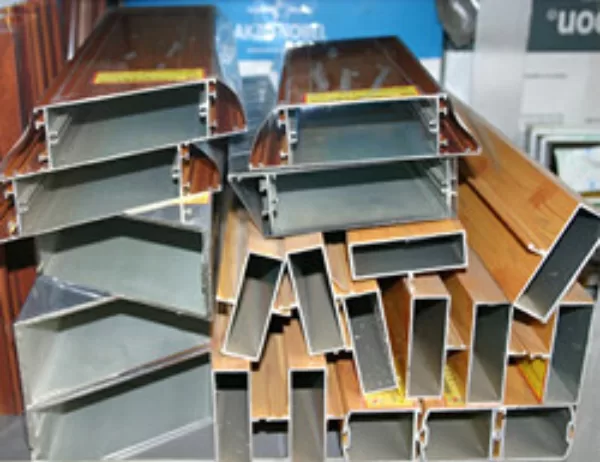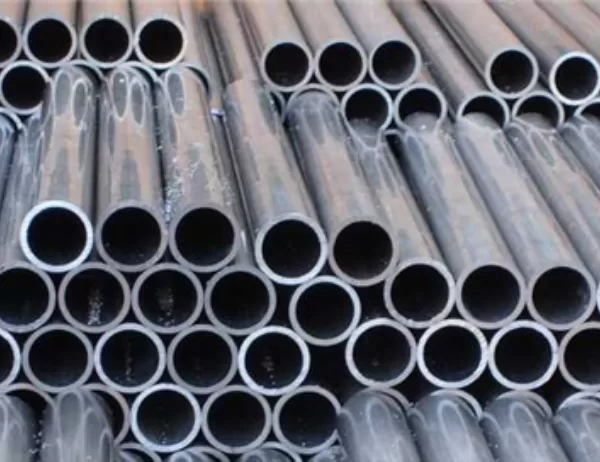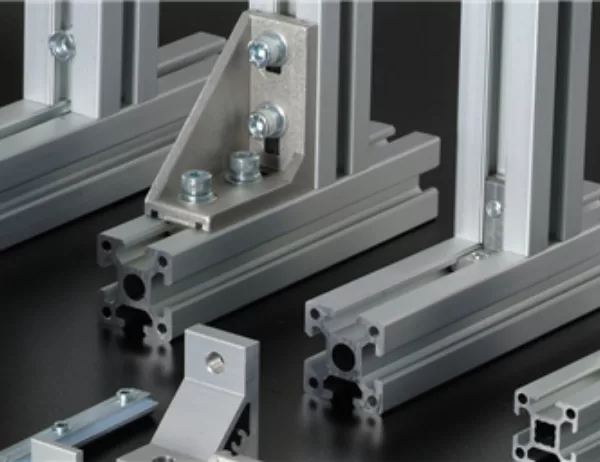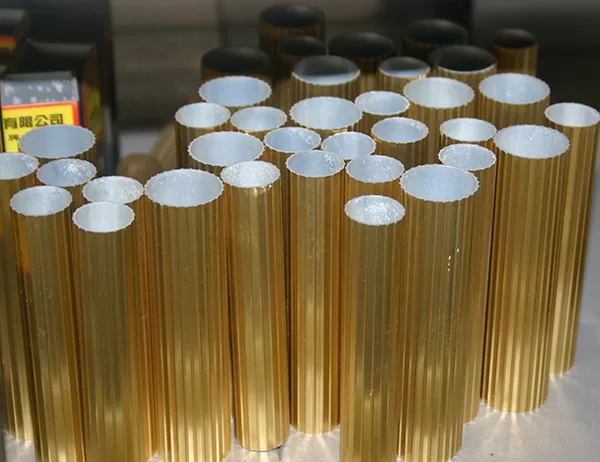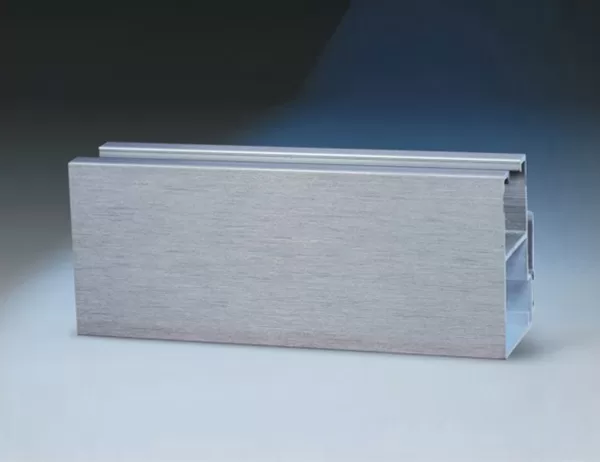In the realm of furniture design, where form and functionality intertwine, aluminum furniture profiles stand as a testament to the transformative power of metal. These sleek and durable profiles form the skeletal framework of countless chairs, tables, and other furniture pieces, contributing both aesthetic appeal and structural integrity. But how do these ubiquitous pieces come to life? Let’s unravel the intricate manufacturing process that lies behind their creation.
Extrusion: Shaping the Profile
At the heart of aluminum furniture profile manufacturing lies the extrusion process. Molten aluminum, heated to a viscous consistency, is forced through a die, a specialized tool that determines the shape of the profile. This high-pressure operation imparts the profile with its intricate cross-sectional shape, whether it be a square, rectangle, or a more complex design.
Aging: Strengthening the Structure
Once extruded, the aluminum profile enters the aging stage. This carefully controlled process involves heating the profile to a specific temperature and then allowing it to cool slowly over an extended period. This process strengthens the metal, enhancing its resistance to bending and deformation.
Cutting and Finishing: Precision and Polish
The next step involves cutting the extruded profile into the desired lengths using specialized saws or cutting machines. Precision is paramount here, as the accuracy of the cuts directly impacts the fit and finish of the final furniture piece. The profiles may also undergo additional finishing processes, such as anodizing or powder coating, to enhance their appearance and durability.
Assembly: Bringing it to Life
With the profiles cut and finished, assembly commences. Furniture designers and manufacturers utilize a range of techniques, including welding, riveting, or mechanical fastening, to connect the profiles into the desired furniture structure.
Quality Control: Ensuring Excellence
Throughout the manufacturing process, rigorous quality control measures are in place. Each step, from extrusion to assembly, is meticulously inspected to ensure that the final product meets the highest standards of durability, precision, and aesthetics.
Conclusion
The manufacturing process of aluminum furniture profiles is a testament to the ingenuity and precision of modern metalworking techniques. From the molten metal’s transformation through extrusion to the final assembly, each step contributes to the creation of furniture pieces that are both aesthetically pleasing and functionally robust. Understanding this process not only provides valuable insights but also deepens our appreciation for the craftsmanship behind the furniture that graces our homes and public spaces.
